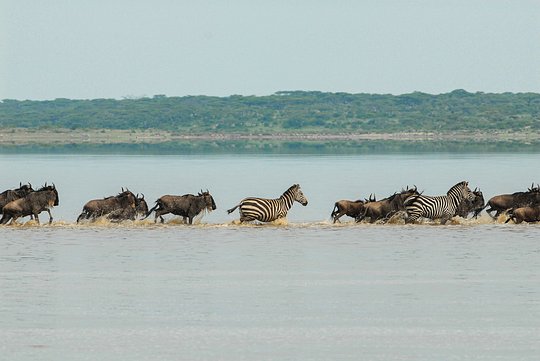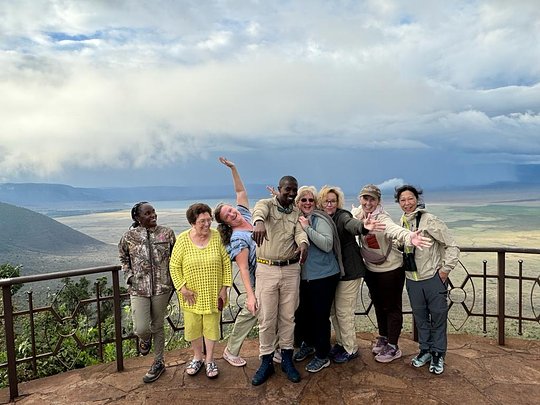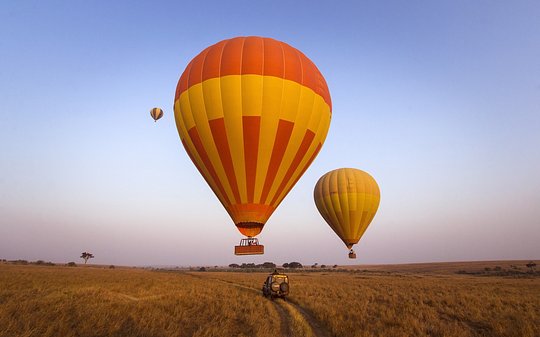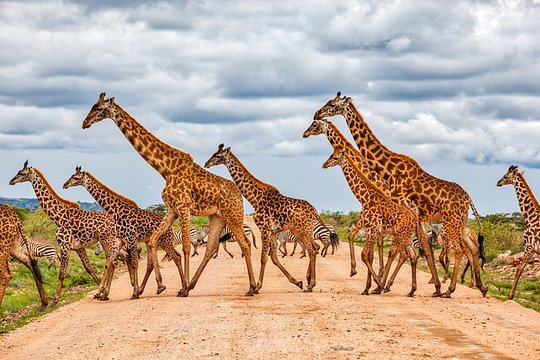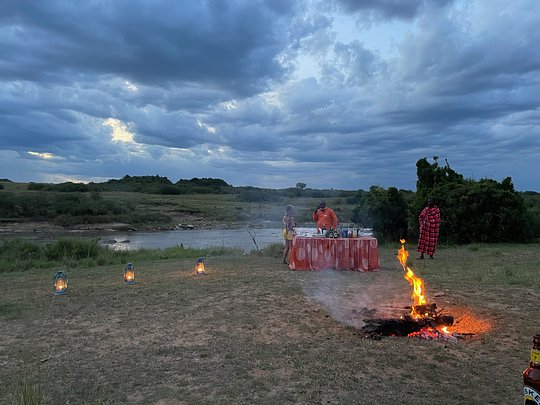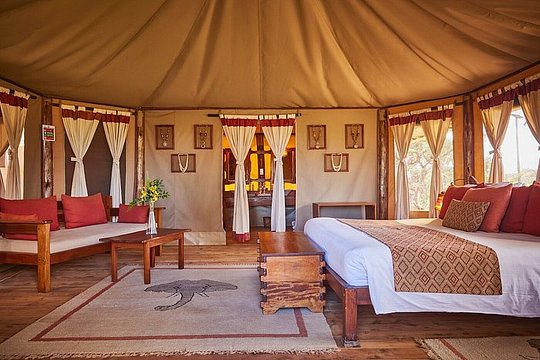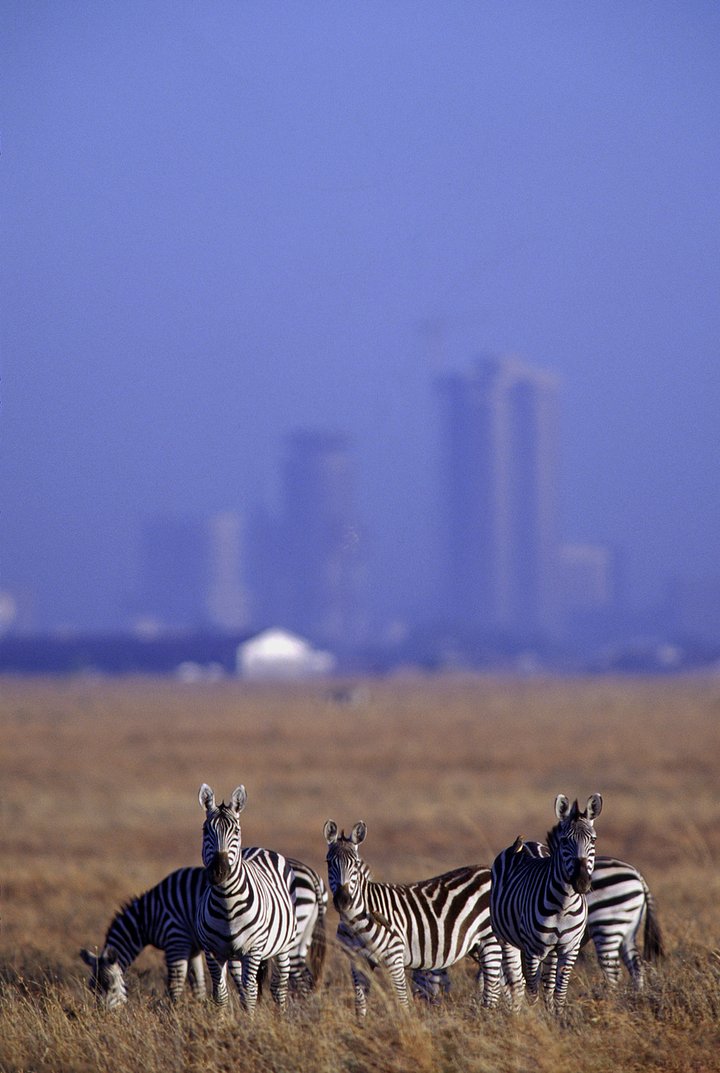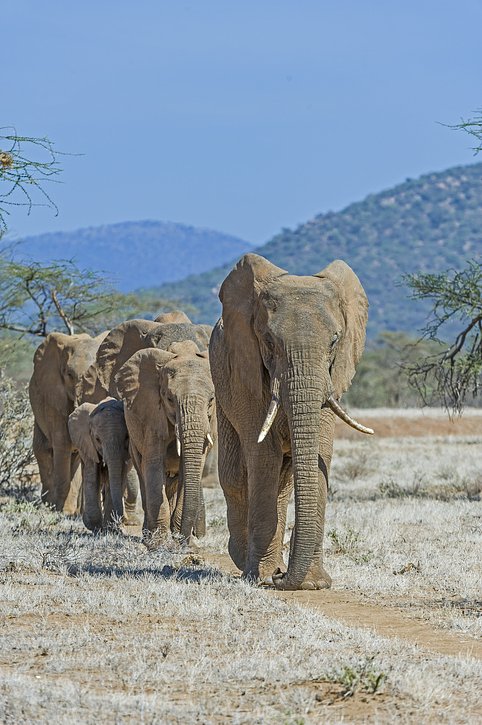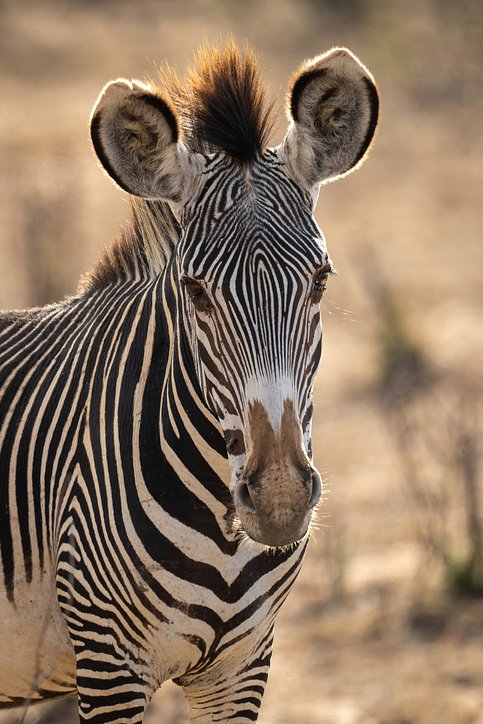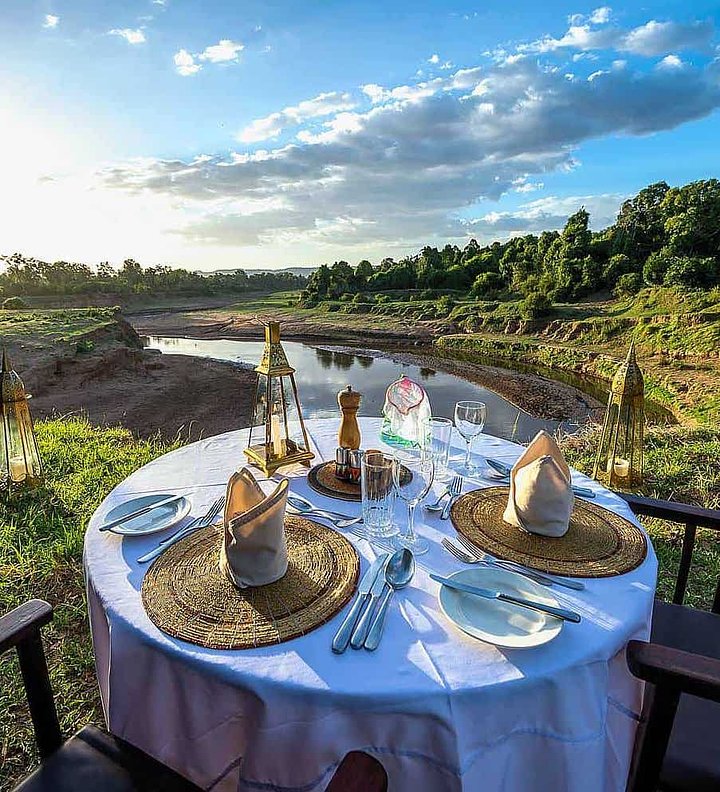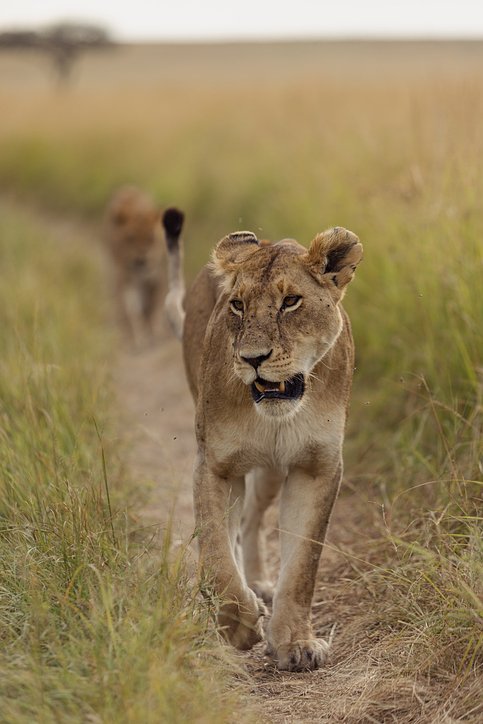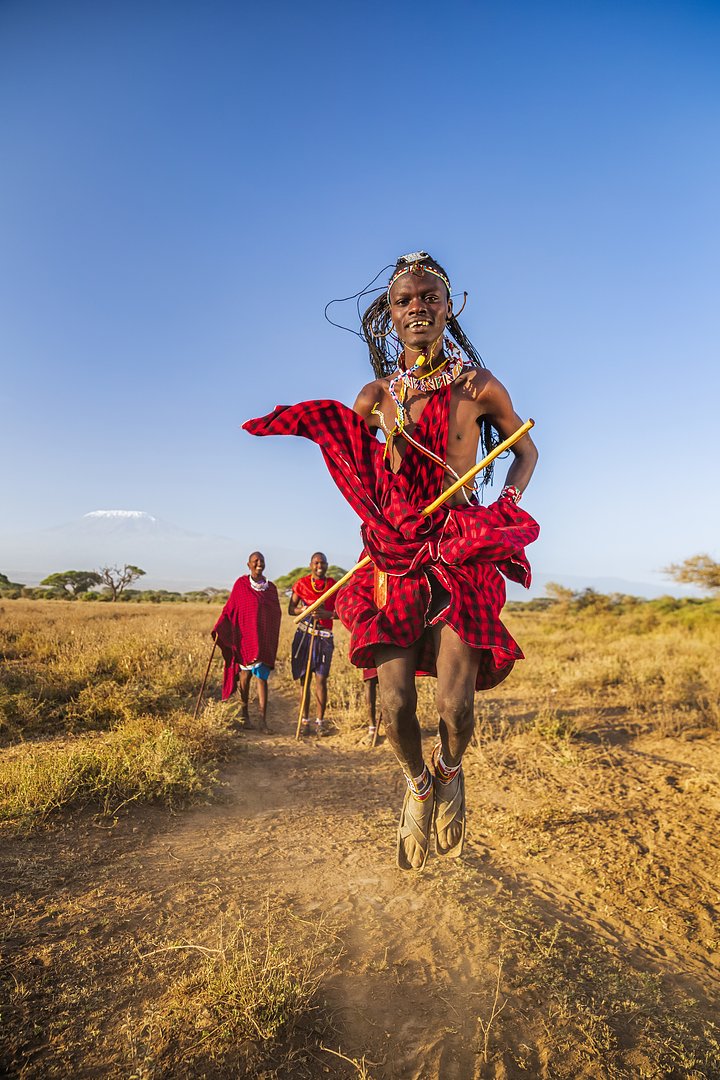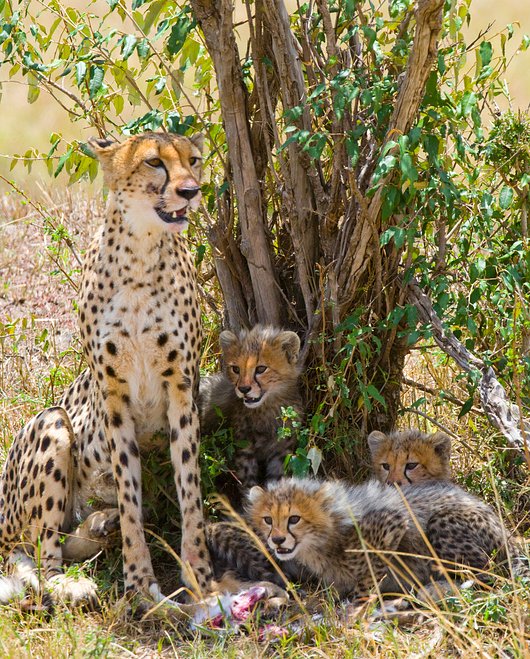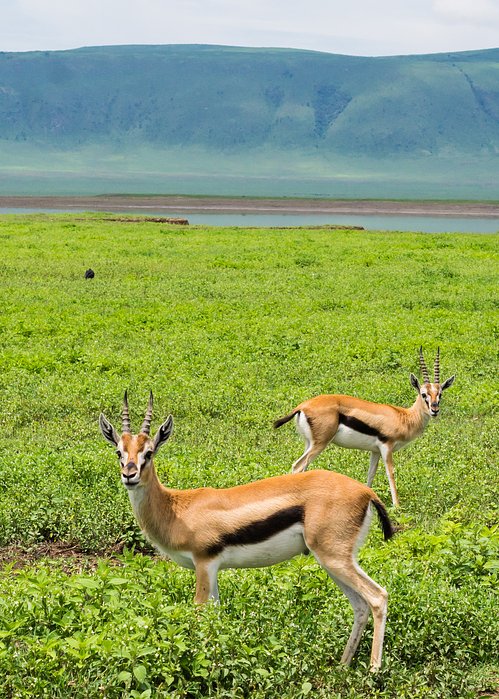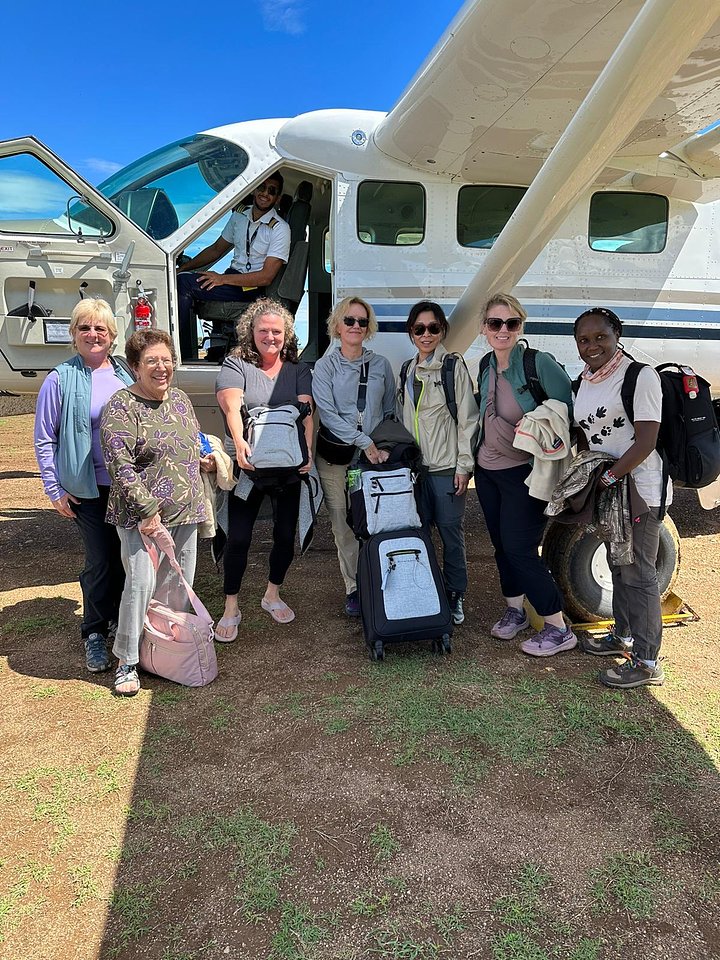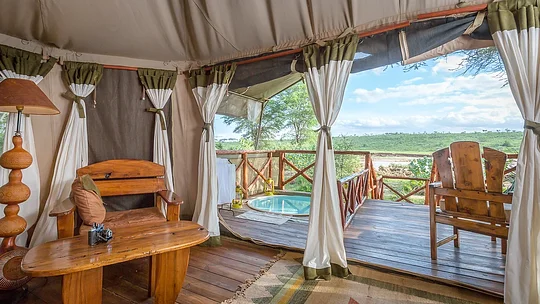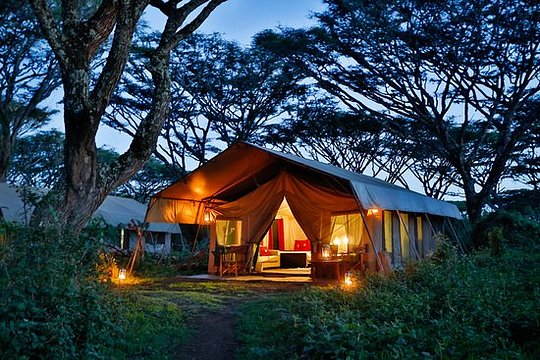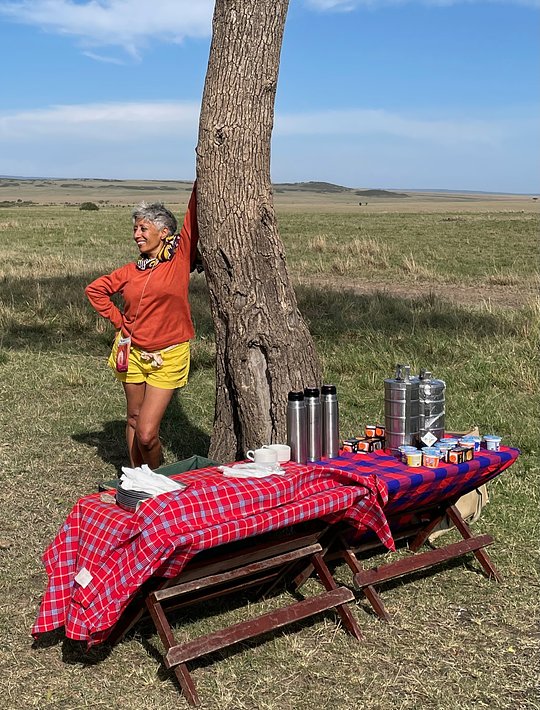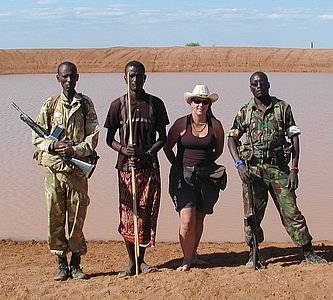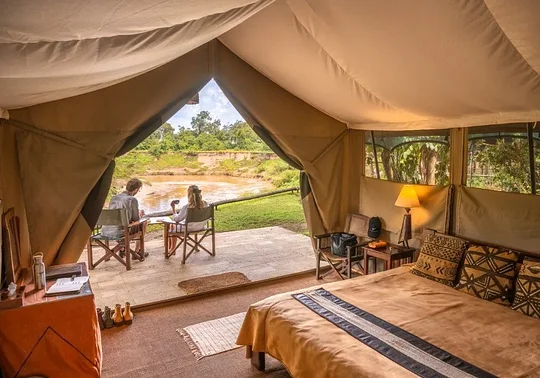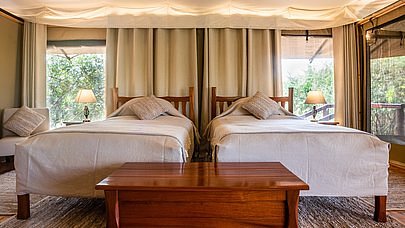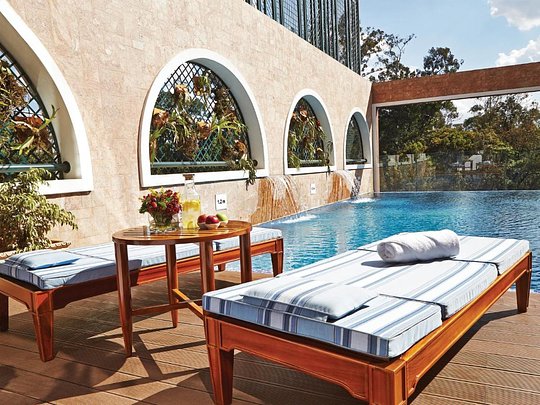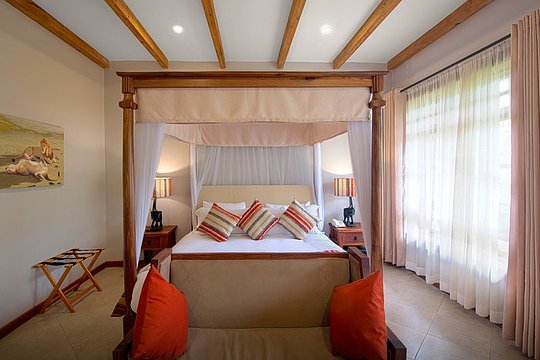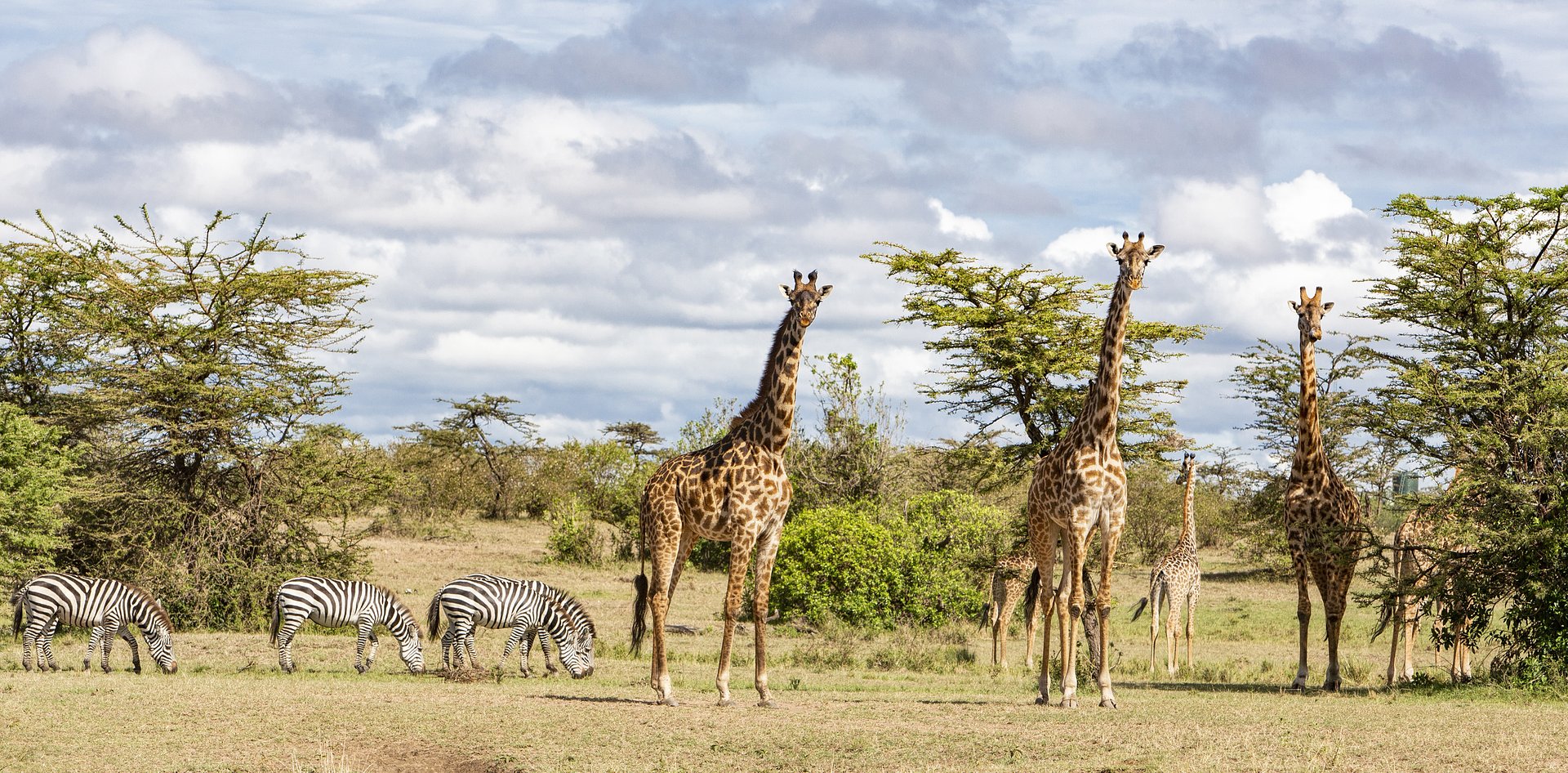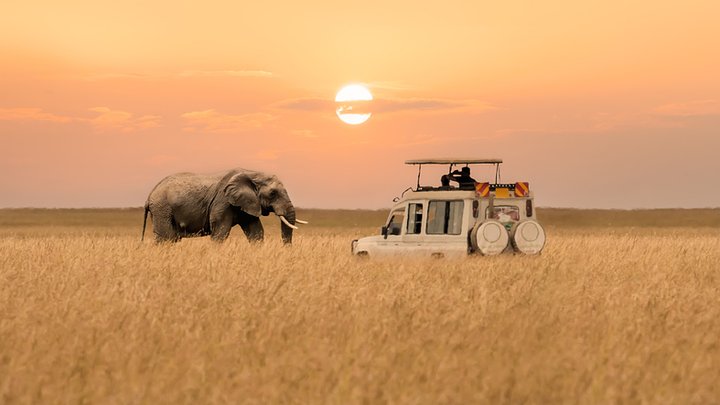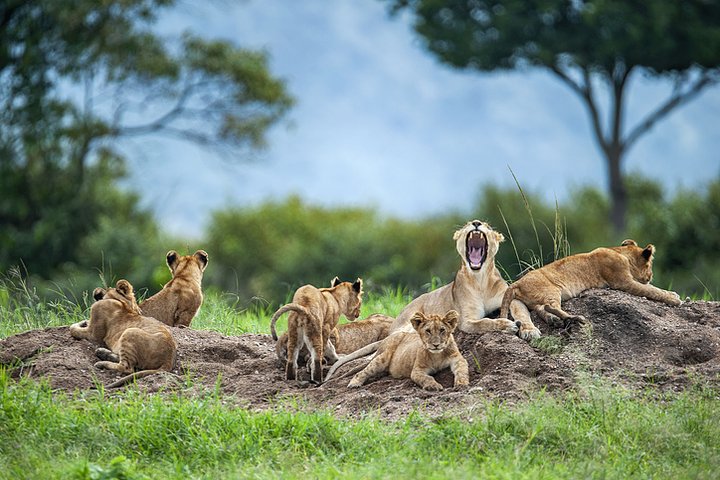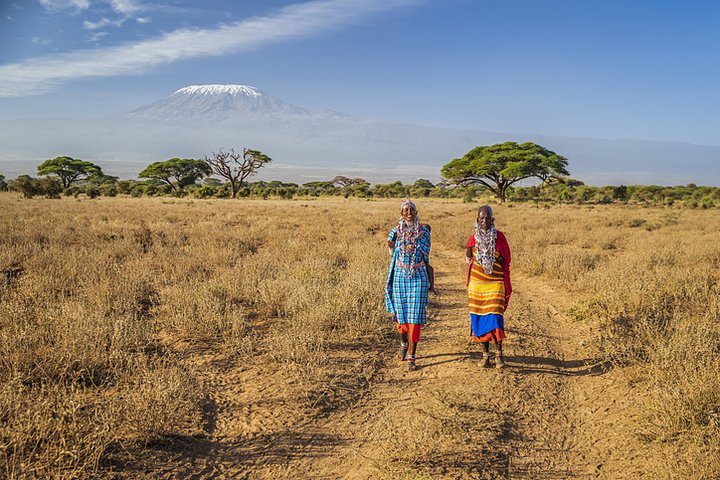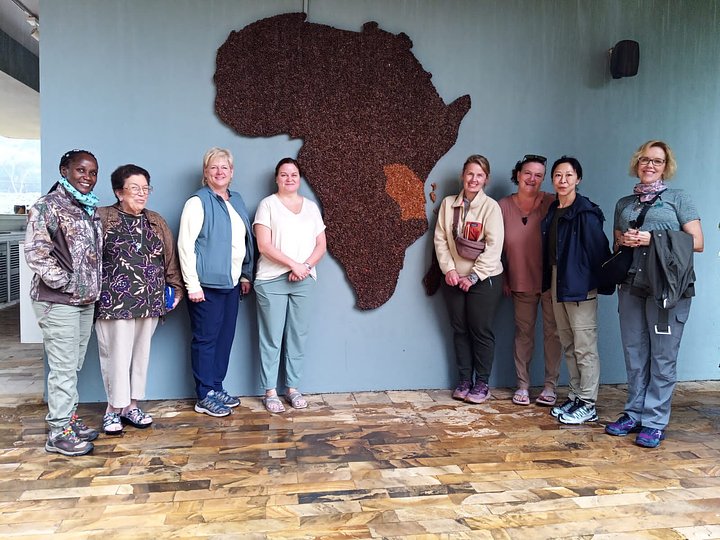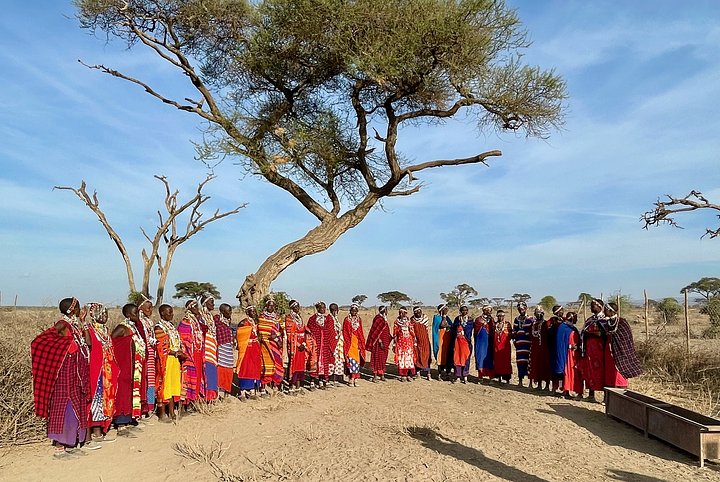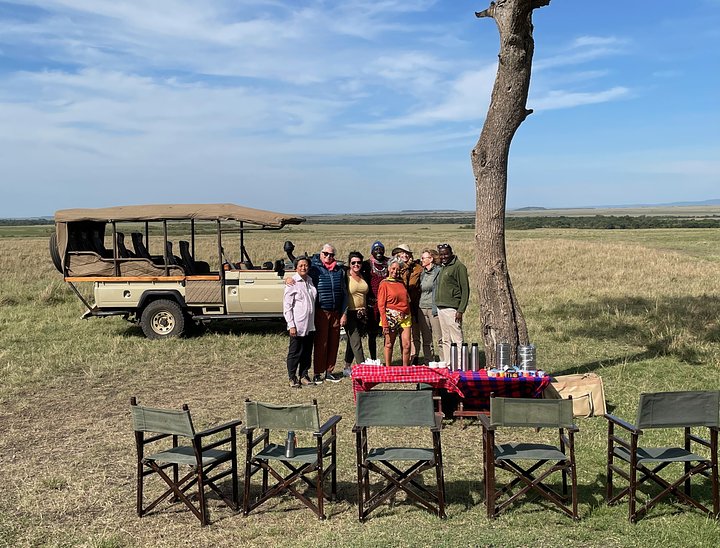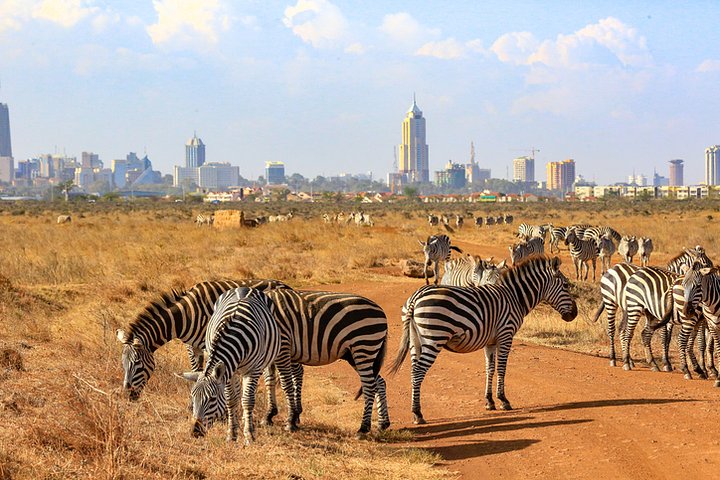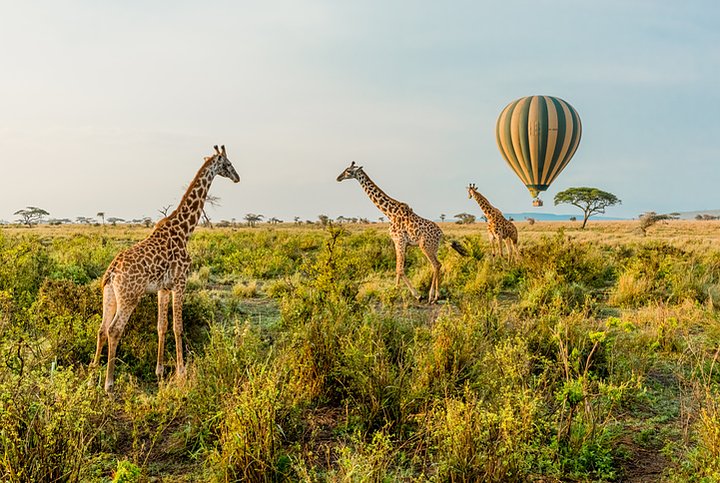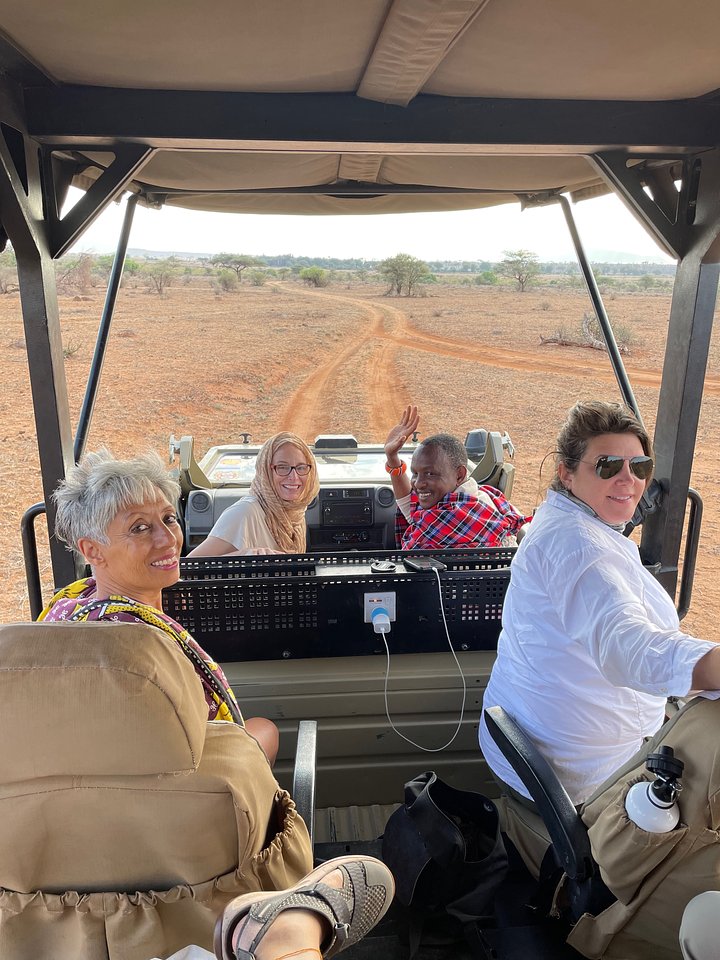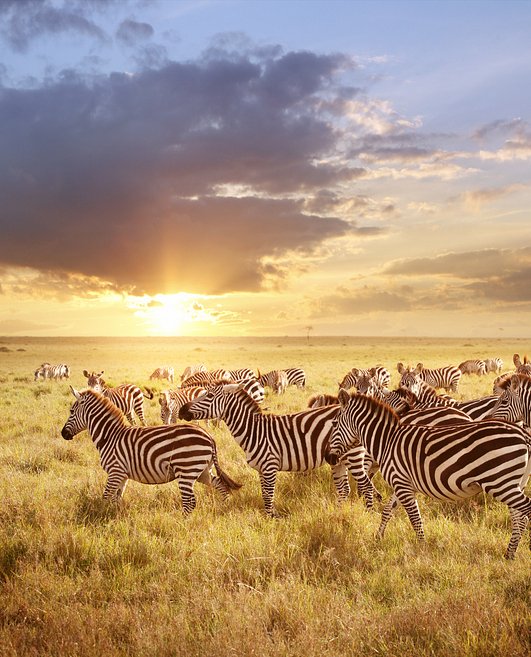
Overview
Imagine waking up to the warm glow of the sun rising over endless savannah plains teeming with wildlife. As you sip your morning coffee, elephants and rhinos roam freely in the distance, and lions and leopards bask in the early light. This isn’t just a vacation; it’s a journey into the heart of East Africa’s majestic landscapes. Rupi Mangat, a renowned Kenyan travel writer and third-generation local, will guide us throughout our 10-day adventure. You'll inherit her deep love and knowledge of these two rich yet unique African countries. Co-guiding will be Mary Wykstra, a prominent cheetah conservationist and the founder and director of Action for Cheetahs. November is ideal for this enticing escapade. The land transforms into a lush paradise with the start of the short rains, turning green after a long dry spell. Rains are light and infrequent, usually occurring at night. Enjoy a front-row seat to the end of the wildebeest migration as a million wildebeest return from Kenya’s Maasai Mara to Tanzania’s Serengeti. Dynamic local safari guides will captivate you with stories of elephant families, the majesty of big cats, and rare imperial zebras. However, it’s not just about the wildlife. This safari seamlessly blends adventure and luxury while offering a unique connection to the diverse cultures of the local tribes. Picture a lavish meal on the plains, wine glass in hand, with a giraffe gracefully strolling by. Each campsite feature en-suite bathrooms, spas, swimming pools, and gourmet meals. Whether on a game drive capturing an animal in golden light, taking a nature walk, or simply relaxing, every experience will leave you in awe.
